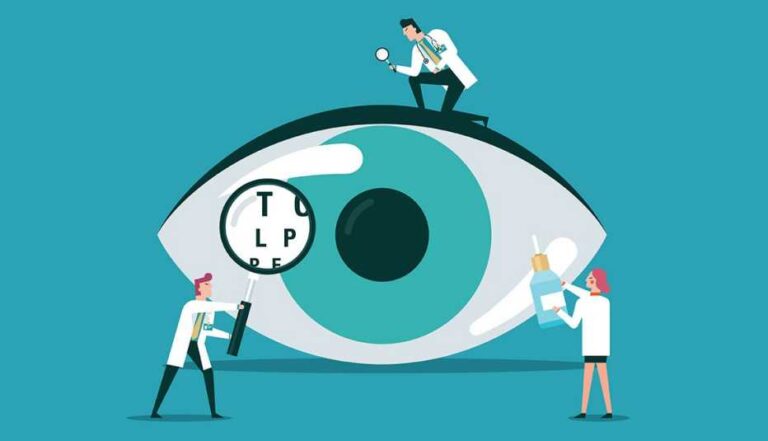Cornea transplant cost and its importance
A cornea transplant is a surgical procedure which replaces a damaged or diseased cornea with a healthy donor cornea. The cornea is the eye’s clear, dome-shaped front surface that plays a crucial role in focusing vision. Corneal transplants are performed to restore vision, reduce pain, and improve the appearance of a damaged or diseased cornea….


